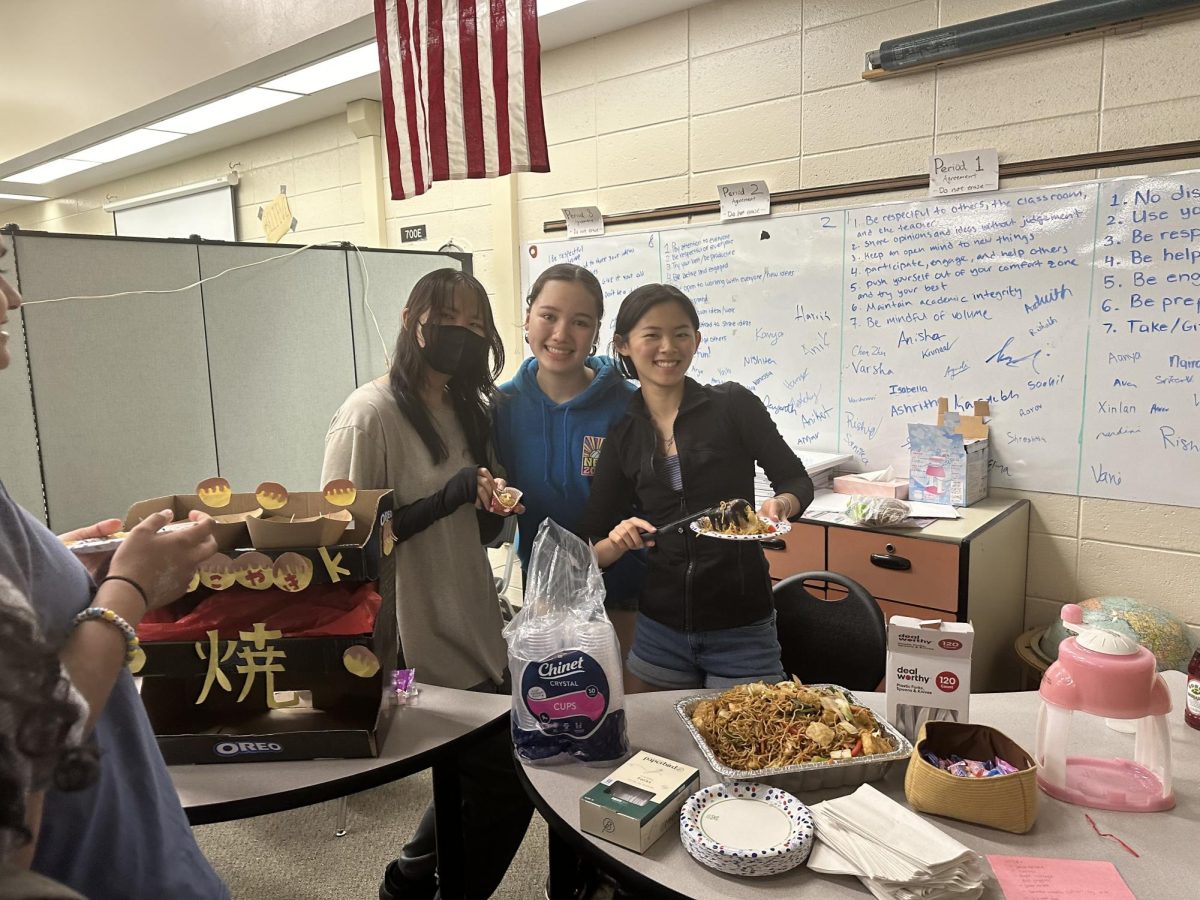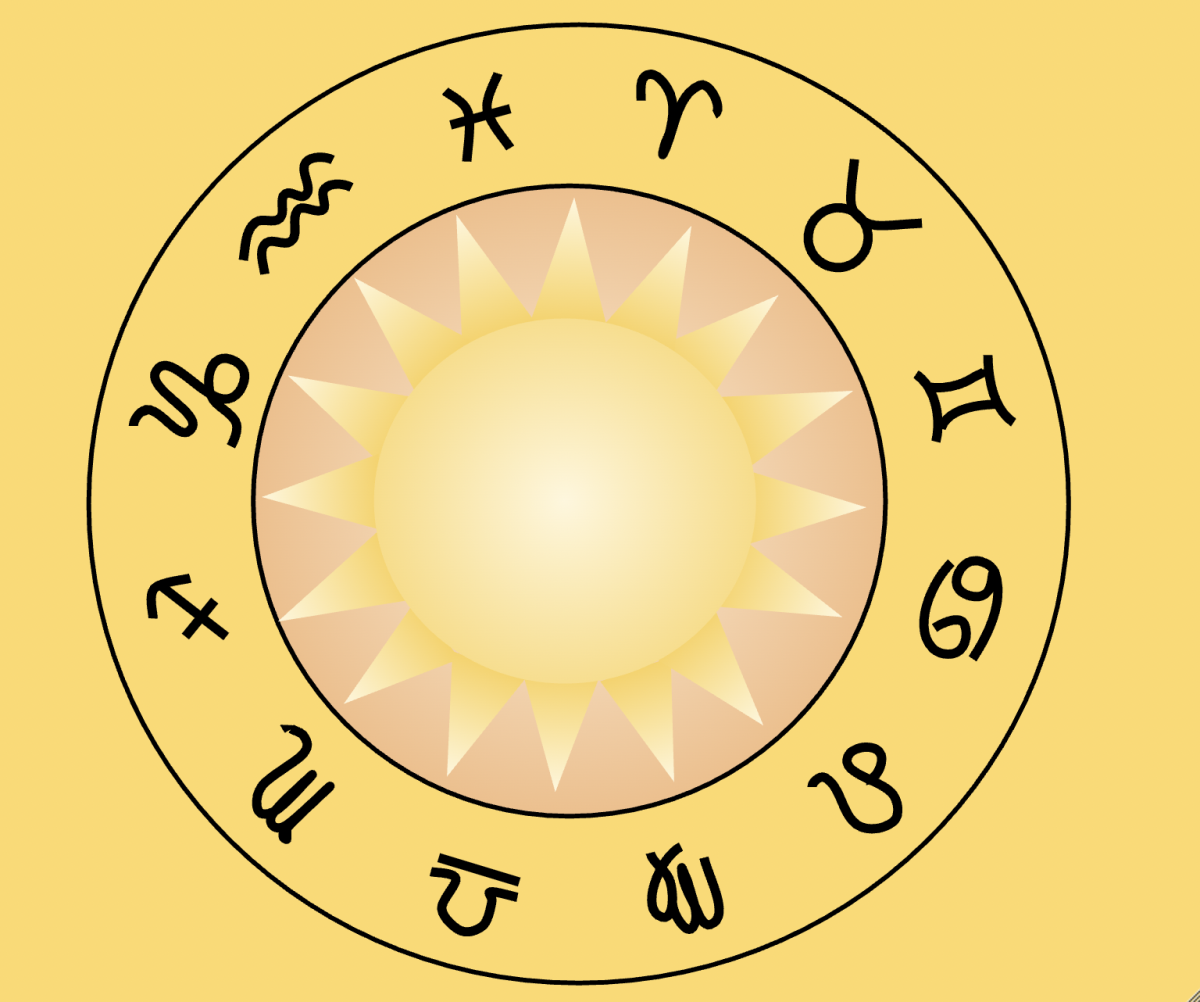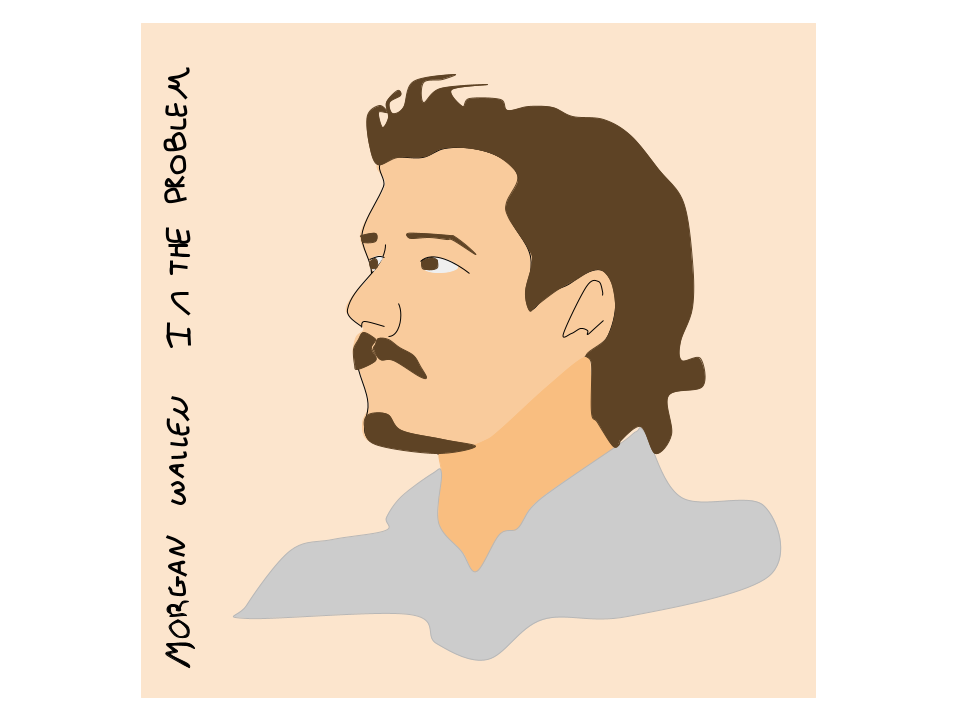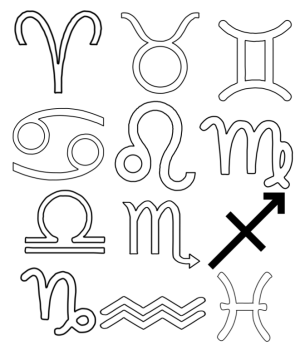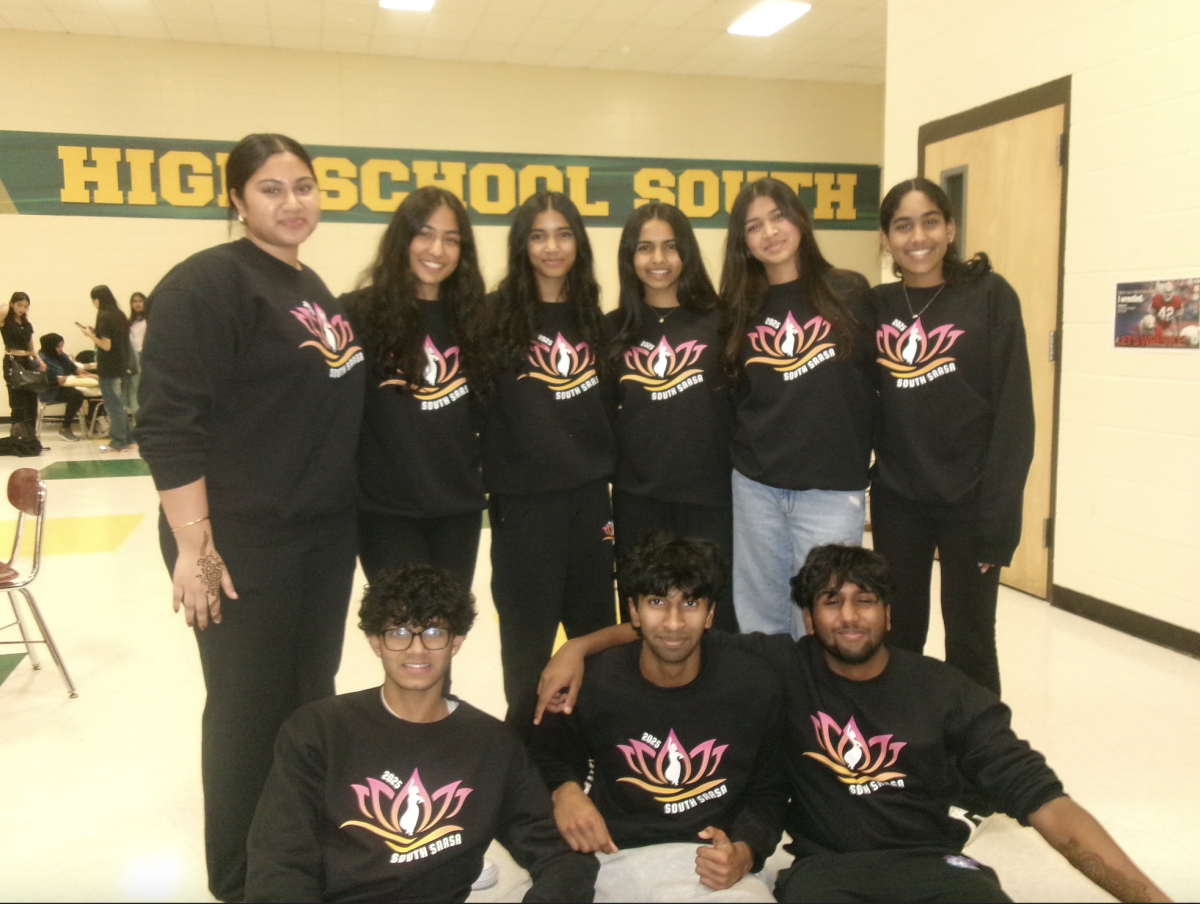As the leaves turn yellow and orange to welcome fall, excitement fills the air for the season’s various cultural celebrations. These traditions unite people globally and in the South community. Here are five traditions we celebrate.
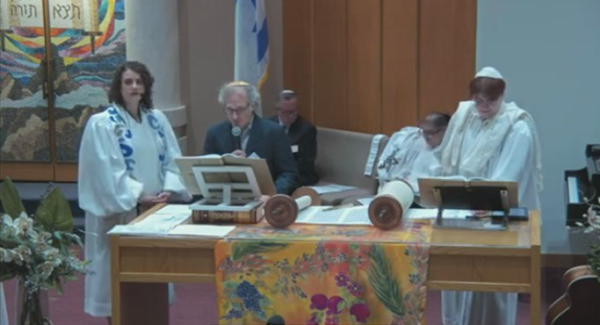
Rosh Hashanah (Jewish New Year) and Yom Kippur (Day of Atonement): Oct. 2-4 and 11-12
Rosh Hashanah is the new year in the Hebrew calendar, beginning on the first day of the month of Tishrei. During this holiday, people attend synagogue, unite with family, and blow a special horn called the shofar to inspire humility, according to chabad.org.
Challah, a braided bread mainly consisting of eggs, is traditionally enjoyed on this day. “We also eat apples and honey to represent a sweet new year,” said Hana Rochkind (‘28).
Yom Kippur is the holiest day of the year in the Jewish calendar. On the tenth day of Tishrei, Jews aim to better themselves and seek forgiveness from God for their sins. This is done by meditating, attending synagogue, and fasting from before sunset the previous day to after sunset on Yom Kippur.
Jewish Culture Club President Isla Levy (‘25) said, “Yom Kippur symbolizes improving your character by asking for forgiveness for actions you might have done the past year that hurt others.”
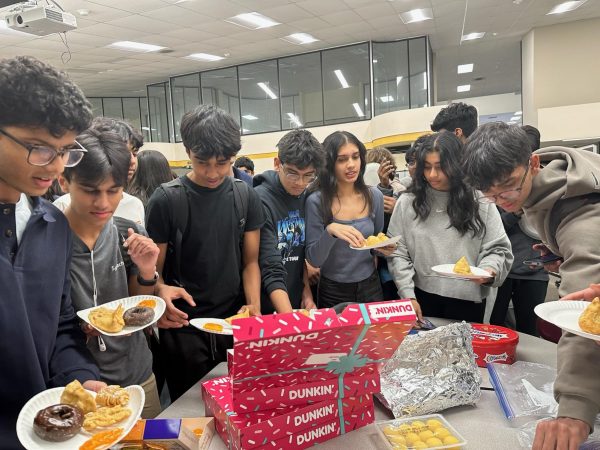
Deepavali/Diwali (Festival of Lights): Oct. 31-Nov. 1
The Hindu festival of lights is known as Diwali in North India and Deepavali in South India. It is also celebrated in South-East Asia in countries like Thailand where it is known as Loy Krathong. This festival commemorates the victory of good over evil. Different stories are centered depending on the region the holiday is celebrated. Some celebrate the return of Lord Rama, a key figure in Hinduism, from a 14-year exile. Other communities celebrate Lord Krishna’s triumph over evil.
Traditionally, people light fireworks and oil-filled clay votives called “diyas” with friends and family, creating a sense of togetherness.
“Diwali is special because it represents the fact that light wins over darkness. And that’s one of the reasons why you light diyas,” said science teacher Dr. Meenakshi Bhattacharya. “I see light as being knowledge.”
Hindu Student Union co-president Soorya Krishnan (‘26) said, “I look at it as seeing the light in things, being positive, and doing your best.”
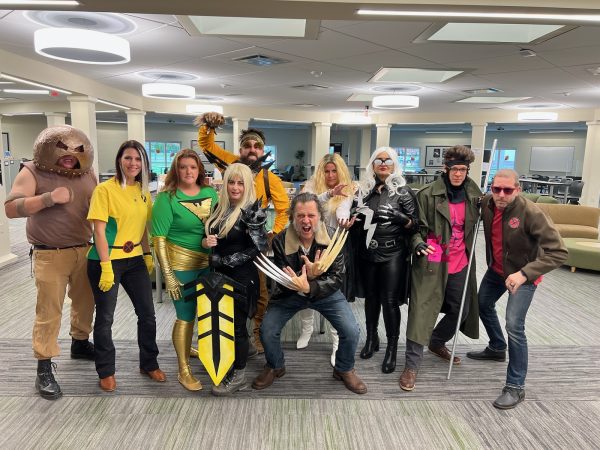
Halloween – Oct. 31
Halloween is celebrated by dressing up in costumes and decorating houses, but its origins lie in dressing up to scare ghosts and evil spirits away.
According to history.com, Americans in the early 1900s began the tradition of trick or treating where children go around neighborhoods and ask for candy by saying “trick or treat”.
Wearing costumes on Halloween is less popular among adults because it is often thought of as for kids.
“Many adults give up their imagination, joy, and play because they think that’s not what adults do,” said social studies teacher Mr. Brad Borsuk. “Halloween is the one day of the year that everyone has permission to be creative.”
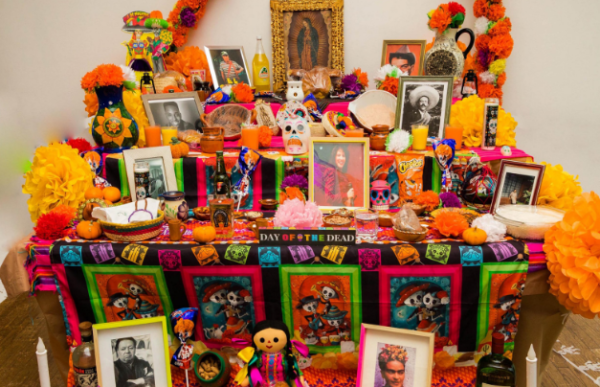
Dia de los Muertos (Day of the Dead) – November 1-2
Dia de los Muertos is a Mexican holiday in which families commemorate their ancestors. According to history.com, it is believed that on this day, ancestors return to the world and celebrate with feasts and games. Skulls and other decorative items are put around the house during the festival to symbolize those who have passed away.
But it’s not just a Mexican Halloween. Spanish teacher Señora Brandy Moncada said, “There’s a lot of preparation in the Latino community that goes into preparing the ancestors’ favorite food and decorating the altars before the actual celebration. It’s not as fast as throwing on your Halloween costume.”
Dia de los Muertos is more symbolic. “It’s not just we live and die, but our memory lives on for a long time,” said Sra. Moncada. “We leave a legacy.”
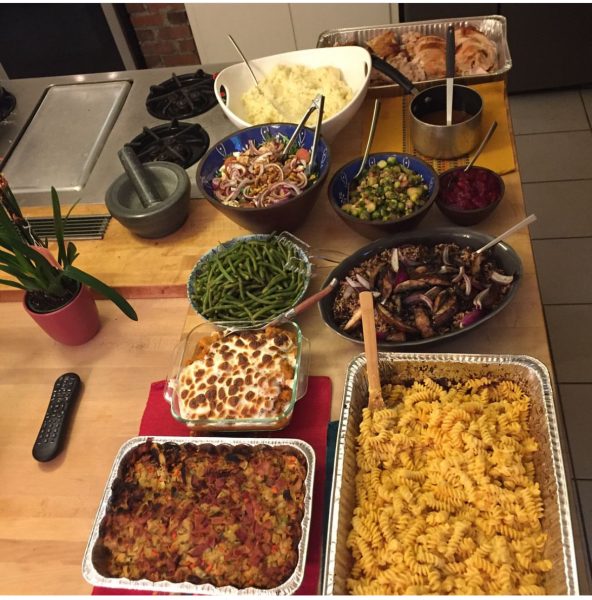
Thanksgiving – Nov. 28
Thanksgiving is a fall holiday celebrated on the fourth Thursday of November every year. According to David J. Silverman from britannica.com, American Thanksgiving commemorates the harvest gathering between the Wampanoag tribe and the Pilgrims in 1621 and it was declared a national holiday in 1863 by President Abraham Lincoln.
Now, families and friends celebrate by eating together and expressing gratitude. It is tradition to prepare large feasts usually consisting of roast turkey, mashed potatoes, stuffing and pie.
The Thanksgiving spirit at South comes from the school’s sense of community.
“One thing about South is that—whether it’s the design of the building or just the people that are here—it’s very much a community,” said American Studies teacher Mr. Dan Kim.
All Saints’ Day – Nov. 1
All Saints’ Day is a solemn Christian celebration commemorating all the saints-known and unknown, who have attained heaven. It is also known by other names like All Hallows’ Day and Hallomas. It is celebrated by visiting and honoring family graves and writing loved ones’ names in ‘the book of remembrance.’

